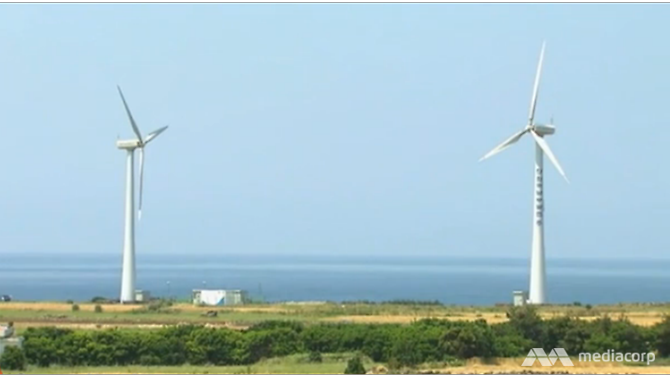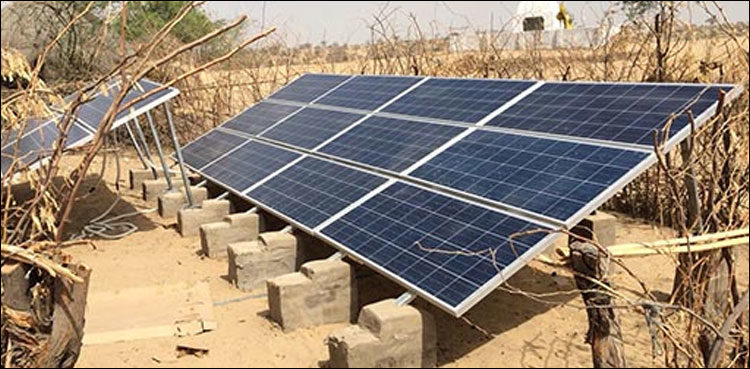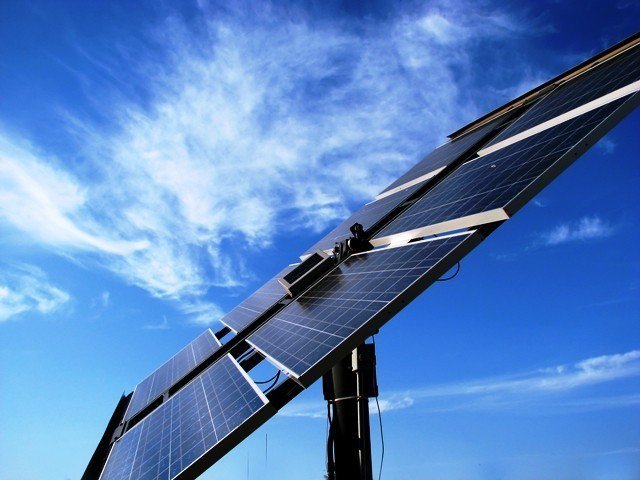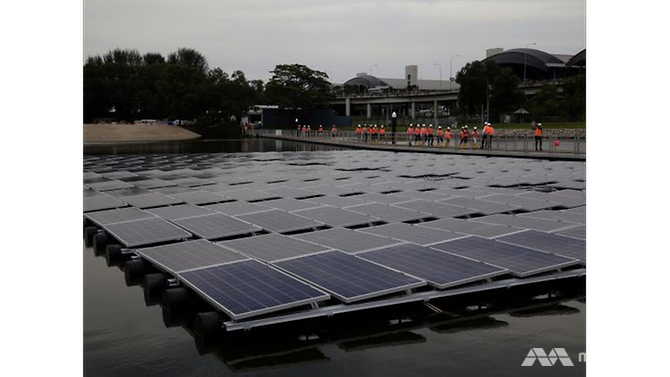
Tengeh Reservoir to host world’s largest solar panel testbed
December 27, 2017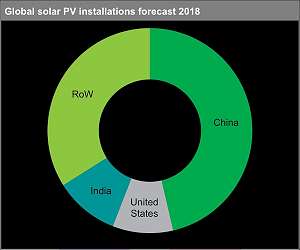
Global solar photovoltaic installations to exceed 100 Gigawatts in 2018
December 27, 2017GAPADO ISLAND: Jeju Island is known among Koreans and foreigners for its beautiful scenery and unique island culture.
Despite rapid development, Jeju is hoping to become carbon-free by 2030. To achieve this, it is testing a pilot model on the nearby island of Gapado, whose 177 residents rely mostly on solar and wind power for their electricity.
Gapado, which means island of wind and waves, is aiming to become the world’s first carbon-free island. To do that, the residents have replaced electricity poles with underground cables, and have also installed two wind power generators and solar panels on top of their houses.
Kim Bu-jeon, a Gapado resident, paid only 10 per cent of the 12 million won (US$12,000) to have the solar panel installed in his home, and he is very happy with the investment.
“Before having these solar panels, I used to pay about 40,000-50,000 won (US$33-US$42) for electricity if I use the air conditioner and other appliances,” he said. “After installing them, I now pay about 9,000 won if I use a lot of electricity, and about 8,000 or 7,000 won if I don’t use that much.”
The district office pays for the balance of the installation, and it has been working on this carbon-free project with the Jeju Special Self-Governing body for the last four years.
The office has spent slightly more than US$100 million to help Gapado become carbon-free. Jeju will use Gapado as a model to be carbon-free by 2030.
Jin Myoung-hwan is the head of Gapado, and he says most of the island’s energy needs are met by the two wind power generators and solar panels.
“We installed two wind generators that create a total of 500kw of electricity,” he said. “Among the 97 households in Gapado, 48 of them installed solar generators. As we have electricity generated from the wind and solar generators, we do not need to use diesel generators, relying completely on solar and wind power.”
When cloudy weather disrupts solar and wind power generation, residents can rely on the energy earlier saved. The wind and solar generators are connected to a smart meter and smart system on the electricity grid.
Lee Young-suk, who manages the island’s microgrid centre, says the place is a like a giant battery pack.
He said: “Let’s say the entire village consumes around 150kw. The wind generators produce around three times the power used by the households. If the wind generators produce 500kw of electricity and store them, we can supply sufficient electricity to the village even if the wind generation is halted.”
The carbon-free island has made this place an attractive tourist-destination in recent years. There are only about nine cars on this island, and four of them are electric-vehicles.
Most tourists travel around the island on foot or on bicycles, and many are happy to do so as it is not often that they get to enjoy a whole island that is almost carbon-free.


